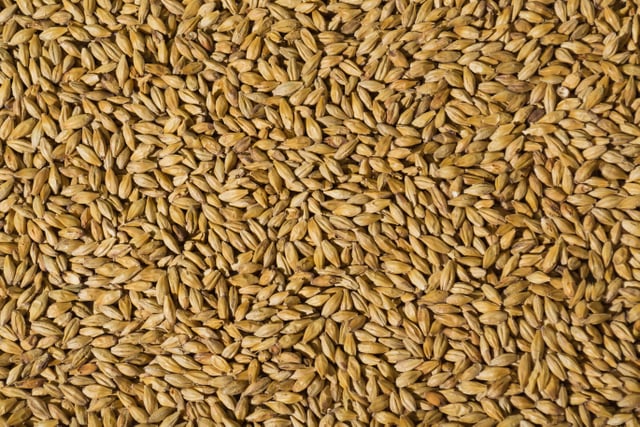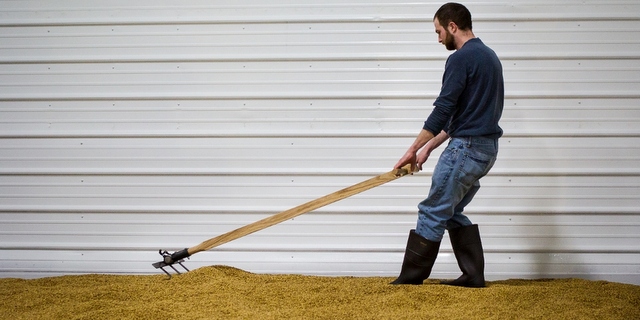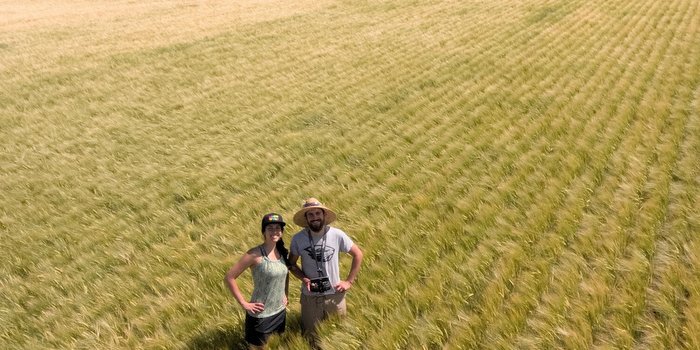
Barley has long been a commodity of the Northwest — Idaho, Montana, North Dakota, Washington, Colorado, Wyoming — America’s greatest barley farms and malthouses reside in those states. Yet, interest in growing malting barley has expanded across the United States to the East Coast, and that’s necessitated additional crop research (as different climates require unique breeding solutions). In fact, there are now malting barley breeding programs at Virginia Tech in Blacksburg, Va., the USDA-Agricultural Research Service in Raleigh, N.C., Ohio State University in Wooster, Ohio, and Cornell University in Ithaca, N.Y. These programs are discovering the needed traits in both winter and spring barley lines that are adaptable to specific regions.
Penn State‘s College of Agricultural Sciences is definitely on the list. The college began a multifaceted examination of malting barley varieties back in 2014, and the university has even released that extensive research to the public to help farmers grow malting barley throughout the Keystone State. According to Penn State Extensions Crops and Soils page:
Spring varieties that have done well in New York and Pennsylvania include ‘Conlon’, ‘Newdale’, ‘AC Synergy’, and ‘Quest’. ‘Conlon’ is an especially early two-row variety that might have some potential when grown in longer season areas to escape heat and disease pressure. ‘Newdale’ and ‘AC Synergy’ are two-row lines, while ‘Quest’ is a six-row type.
Fungus is certainly a hurdle in Pennsylvania barley, just so you know. From this Penn State News article, covering the research:
“Unfortunately, our state’s climate is very favorable to the development of fungal diseases, which is a problem for quality and yield in most crops,” said [Alyssa] Collins [director of the Lancaster County research center and assistant professor in the Department of Plant Pathology and Environmental Microbiology]. “One fungal disease, fusarium head blight, also called head scab, can result in the production of a toxin, called vomitoxin. In order to prevent this vomitoxin from entering our food supply, we must prevent the disease. So, barley disease management is a critical part of growing a crop suitable for malting in our area.”
To the researchers’ surprise, most European varieties outperformed those from the United States, demonstrating good disease resistance, high yields and good quality. Some of the western lines couldn’t withstand the high amount of rain in the region — the moisture caused seeds to germinate in the field, and once that happens, the crop is deemed unacceptable, Roth noted. [Greg Roth is spearheading research in malting barley at Penn State.]

With craft breweries’ increasing the demand to be more localized, regionally-produced malt is an interesting niche in the indie brewing industry. Buck Farms and the Maine Malt House in Mapleton, Maine, is a great example. We recently pulled together a mini feature on how the malting ag business is supplying Shipyard Brewing Co. with Mapleton pale two-row for its Export Ale. Research being performed by Penn State and other universities around the nation is providing invaluable guidance for those types of regional farmers, helping them understand the opportunities and struggles of opening new barley farms — especially on the East Coast. From a recent article we ran from the American Malting Barley Association.
These programs are introgressing quality traits into winter and spring barley lines that are adapted to their specific regions. This has resulted in an expanded germplasm pool that is available to breeders across the country. Resistance to diseases that are a problem in the east, like powdery mildew, are becoming available in a malting barley background. Powdery mildew is becoming more important farther west as researchers there ramp up programs to develop winter malting barley.
These eastern breeders are also working on preharvest sprouting and other important diseases like net blotch or Fusarium head blight that are spread across the United States, thus increasing the number of malting barley researchers devoted to working on these critical problems.




Leave a Reply
You must be logged in to post a comment.